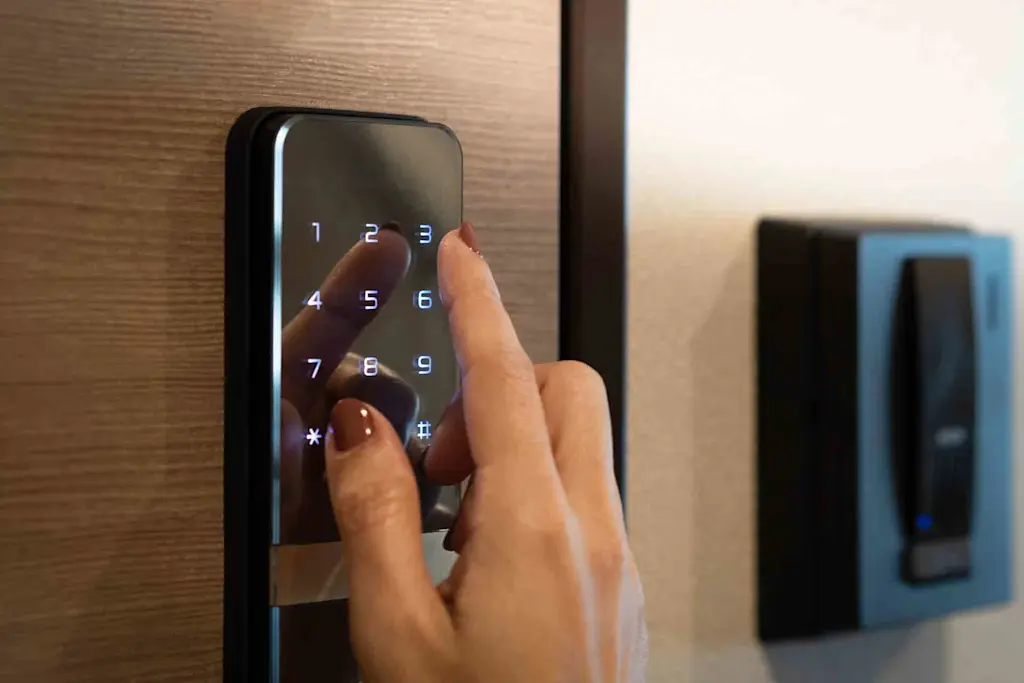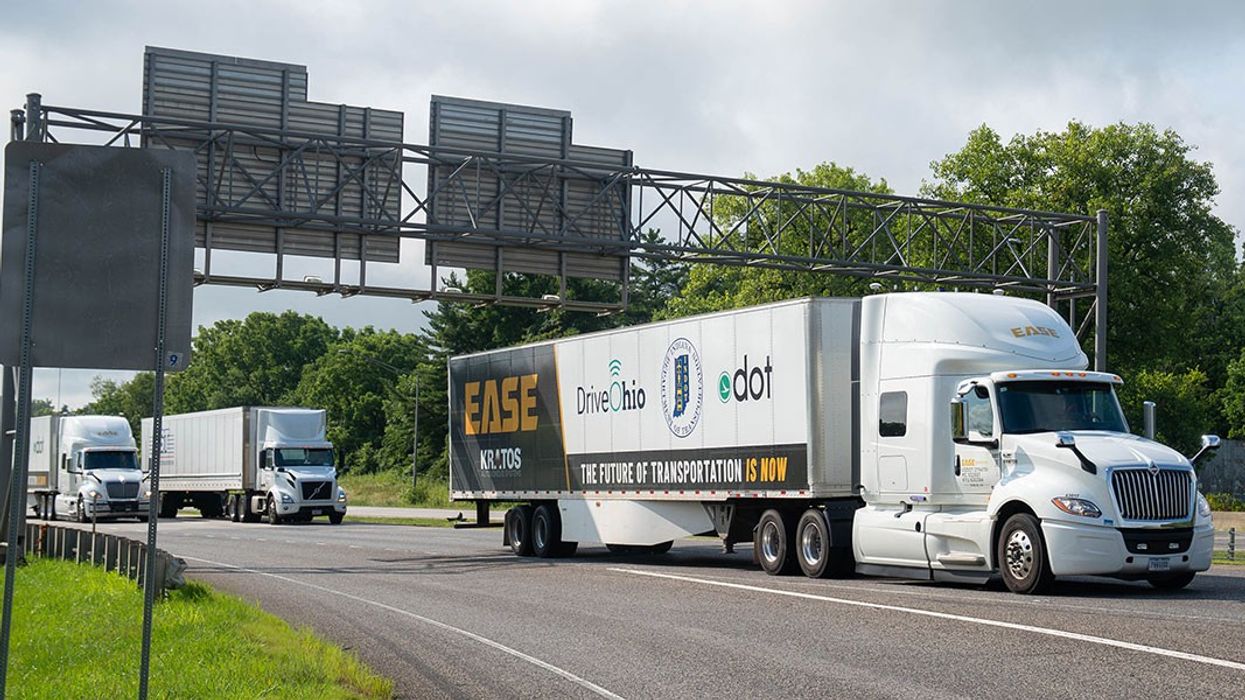Removing high-security locks can be a daunting task, especially for homeowners and renters who are not familiar with the intricacies of these advanced security systems. Whether you are upgrading your locks, moving to a new place, or simply need to replace a malfunctioning lock, knowing how to safely and effectively remove a high-security lock is essential. This article will guide you through the process, ensuring that you approach the task with confidence and care.

Understanding High-Security Locks
High-security locks are designed to provide enhanced protection against unauthorized access. They typically feature advanced technologies such as pick-resistance, drill-resistance, and key control systems. These locks are commonly used in commercial buildings, warehouses, and even some residential properties. Before attempting to remove a high-security lock, it is crucial to understand its components and mechanisms.
Types of High-Security Locks
There are several types of high-security locks available on the market, each with unique features and benefits:
- Medeco Locks
- Mul-T-Lock
- ASSA Abloy
- Schlage Primus
These locks are renowned for their reliability and robustness, making them a preferred choice for those seeking maximum security.
Components of High-Security Locks
Understanding the components of a high-security lock will aid in its removal. Common components include:
- Cylinder
- Lock body
- Strike plate
- Deadbolt
Tools Required for Removing High-Security Locks
Before you begin the removal process, gather the necessary tools to ensure a smooth and efficient operation. Essential tools include:
- Screwdriver set
- Drill with appropriate bits
- Allen wrenches
- Lock pick set (for advanced users)
Step-by-Step Guide to Removing High-Security Locks
Step 1: Assess the Lock
Begin by thoroughly assessing the lock to understand its design and mechanism. Refer to any available documentation or manuals for guidance.
Step 2: Remove the Lock Cylinder
Using a screwdriver, carefully remove the screws securing the lock cylinder. Gently pull out the cylinder from the lock body.
Step 3: Detach the Lock Body
Once the cylinder is removed, proceed to detach the lock body. This may involve unscrewing additional components or using an Allen wrench.
Step 4: Remove the Strike Plate
Finally, remove the strike plate from the door frame. This step completes the removal process.
Common Challenges in Removing High-Security Locks
Removing high-security locks can pose several challenges, including:
- Tight screws or bolts
- Complex lock mechanisms
- Risk of damaging the door or frame
When to Seek Professional Assistance
If you encounter difficulties during the removal process, it may be wise to seek professional assistance. A skilled locksmith has the expertise and tools necessary to safely remove high-security locks without causing damage.
Alternative Solutions to Lock Removal
In some cases, it may be possible to rekey the lock instead of removing it entirely. Rekeying involves altering the lock’s internal mechanism to work with a new key, providing a cost-effective alternative to replacement.
Maintaining High-Security Locks
Once you have successfully removed or rekeyed your high-security lock, it is important to maintain it properly to ensure its longevity and effectiveness. Regular cleaning and lubrication can prevent wear and tear.
Conclusion
Removing high-security locks requires patience, precision, and the right tools. By following this guide, you can safely and effectively remove your lock while minimizing the risk of damage. Remember to consider professional assistance if needed and explore alternative solutions such as rekeying.

FAQ Section
Can I remove a high-security lock without damaging the door?
Yes, with the right tools and careful handling, you can remove a high-security lock without damaging the door.
Is it legal to remove a high-security lock myself?
Yes, it is legal to remove a lock you own. However, if you are a renter, you should consult your landlord before removing any locks.
What should I do if I lose the key to a high-security lock?
If you lose the key, consider contacting a professional locksmith to assist with unlocking and removing the lock safely.
For more information on high-security locks, visit [Tufloc](https://tufloc.com/high-security-locks/) here.
This article contains affiliate links. We may earn a commission at no extra cost to you.






